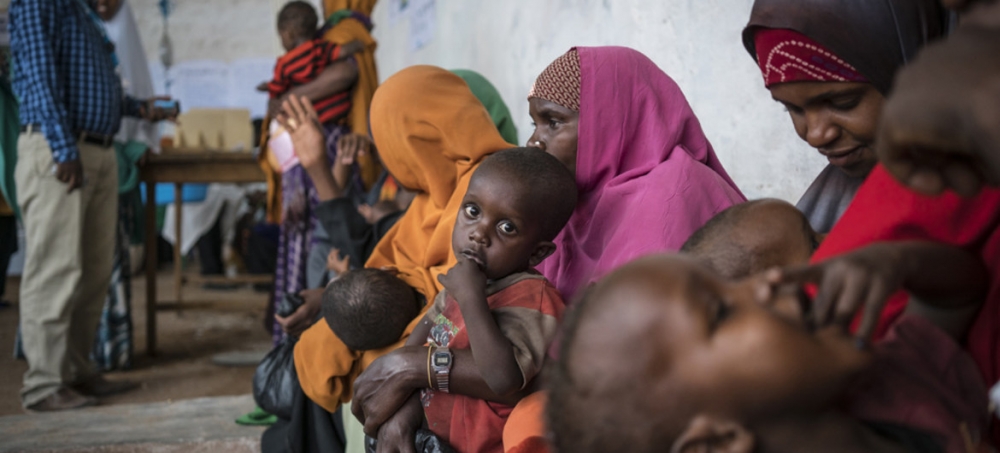Refugee health services are on track despite record-breaking displacement, says UN Refugee Agencies

According to the UN Refugee Agency (UNHCR)’s latest Annual Public Health Overview, health services have coped with the large numbers of people around the world fleeing conflict and natural disasters. However, infectious diseases, anaemia and stunting remain areas of concern.
The annual review of health cover describes the agency’s trends in 37 key operations around the world and is a snapshot of what has been achieved over the last year, covering key indicators of public health, reproductive health and HIV, nutrition, food security, and water, sanitation and hygiene.
The report noted that weekly surveillance of key health indicators among refugee populations are contributing to timely and effective interventions.
In 2017, war and persecution force levels of displacement to a new high. However, the mortality rate for under-fives in post emergency situations averaged 0.4 per 1,000, maintaining a downward trend witnessed since 2011.
The coverage of reproductive health services has improved. Of the nearly 97,000 new-borns, nine in ten deliveries were performed by skilled health workers, an increase of 25 percent from 2016.
Health facilities for refugees and the displaced hosting over 8 million clinical consultations in 2017, a 10% increase from 2016.
The report also found that nine in ten refugees who were treated suffered from at least one communicable disease, emphasising the importance of preventative interventions.
Approximately 65% of UNHCR’s refugee operations reported that measles vaccination coverage rates for children under one year of age exceed 90%, compared to international standards of over 95%. Over 160,000 children in this age group were vaccinated against measles; a 15% increase from 2016.
Access to HIV treatment was maintained with over 10,000 refugees participating in HIV treatment programmes, a threefold increase since 2015. Overall, 62% of the refugee locations surveyed met the global standard for acute malnutrition, indicating a slight improvement compared to 2016.
Despite significant positive results, there are still concerns that children under the age of five continue to suffer from high levels of stunting, with only a quarter of the sites surveyed found to be at an acceptable level.
Similarly, only 3% of the sites surveyed met the anaemia criteria and the prevalence was below the acceptable standard of 20%.
In light of the record number of people displaced worldwide this year, UNHCR’s budget calls for a record $8.275 billion.
Join us for the 10th Annual AIDF Global Summit to discuss topics such as refugees, camp management and health.
If you’d like to stay informed on the latest updates in aid and development, please sign up for the AIDF newsletter.
Image credit: UN













